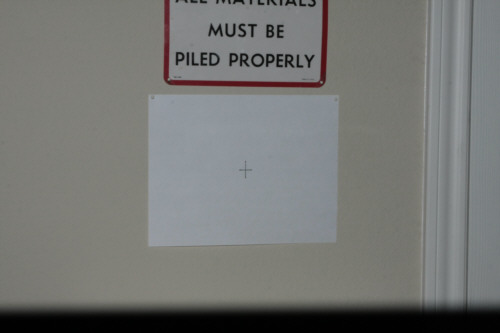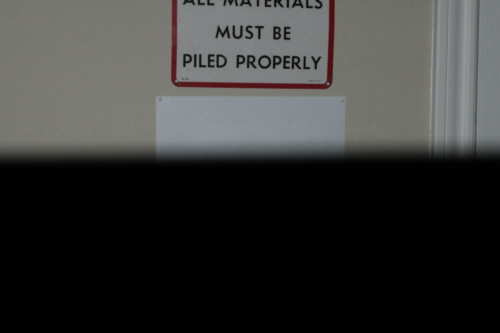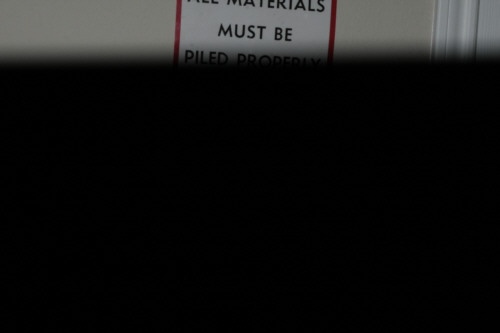Bobby Deal
New member
Some of you may already know this trick. Unfortunately for the Canon crowd I don't think it is possible but for Nikon shooters it is possible to sync the Nikon D300 and a Calumet Travel Lite 750 monolight at 1/8000 sec and then shoot outside at f/2.8 and get a proper exposure at mid day on a bright and sunny day?
Nikon D300
ISO 100 1/8000 second f/2.8 at 10:45ish AM
Calumet Travel Lite 750
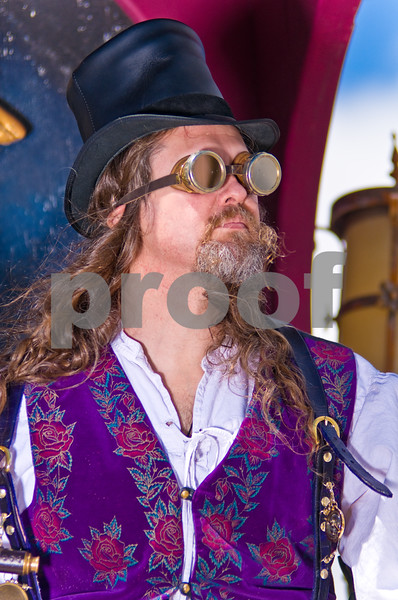
Image EXIF
Nikon D300
ISO 100 1/8000 second f/2.8 at 10:58 AM
Calumet Travel Lite 750
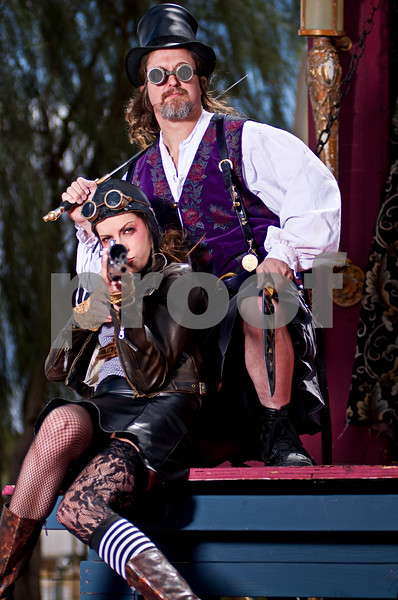
Image EXIF
Nikon D300
ISO 100 1/800 second f/4 at 11:42 AM
Calumet Travel Lite 750
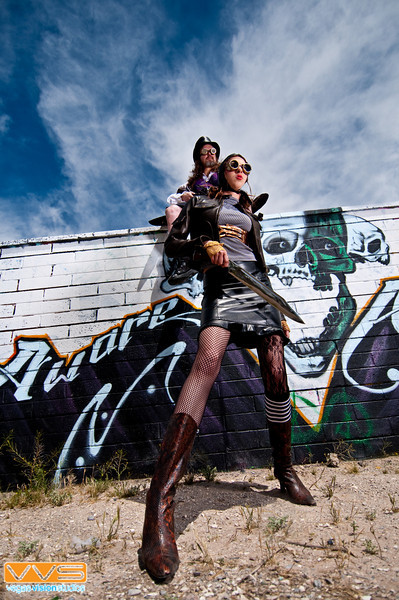
Image Exif
© 2010 Bobby Deal
The secret - Your Nikon must have the 250 or 320 FP sync setting in the Flash Sync menu. If it does then this trick will work for you too
Nikon SB 800
Manual 1/124 FP
Sync Cable between SB800 and monolight
Set your shutter speed at what ever you want and it will sync up. Have fun shooting @ f/2.8 in bright sun. In the right conditions you can even use this technique to turn day to night
Nikon D300
ISO 100 1/8000 second f/2.8 at 10:45ish AM
Calumet Travel Lite 750

Image EXIF
Nikon D300
ISO 100 1/8000 second f/2.8 at 10:58 AM
Calumet Travel Lite 750

Image EXIF
Nikon D300
ISO 100 1/800 second f/4 at 11:42 AM
Calumet Travel Lite 750

Image Exif
© 2010 Bobby Deal
The secret - Your Nikon must have the 250 or 320 FP sync setting in the Flash Sync menu. If it does then this trick will work for you too
Nikon SB 800
Manual 1/124 FP
Sync Cable between SB800 and monolight
Set your shutter speed at what ever you want and it will sync up. Have fun shooting @ f/2.8 in bright sun. In the right conditions you can even use this technique to turn day to night

